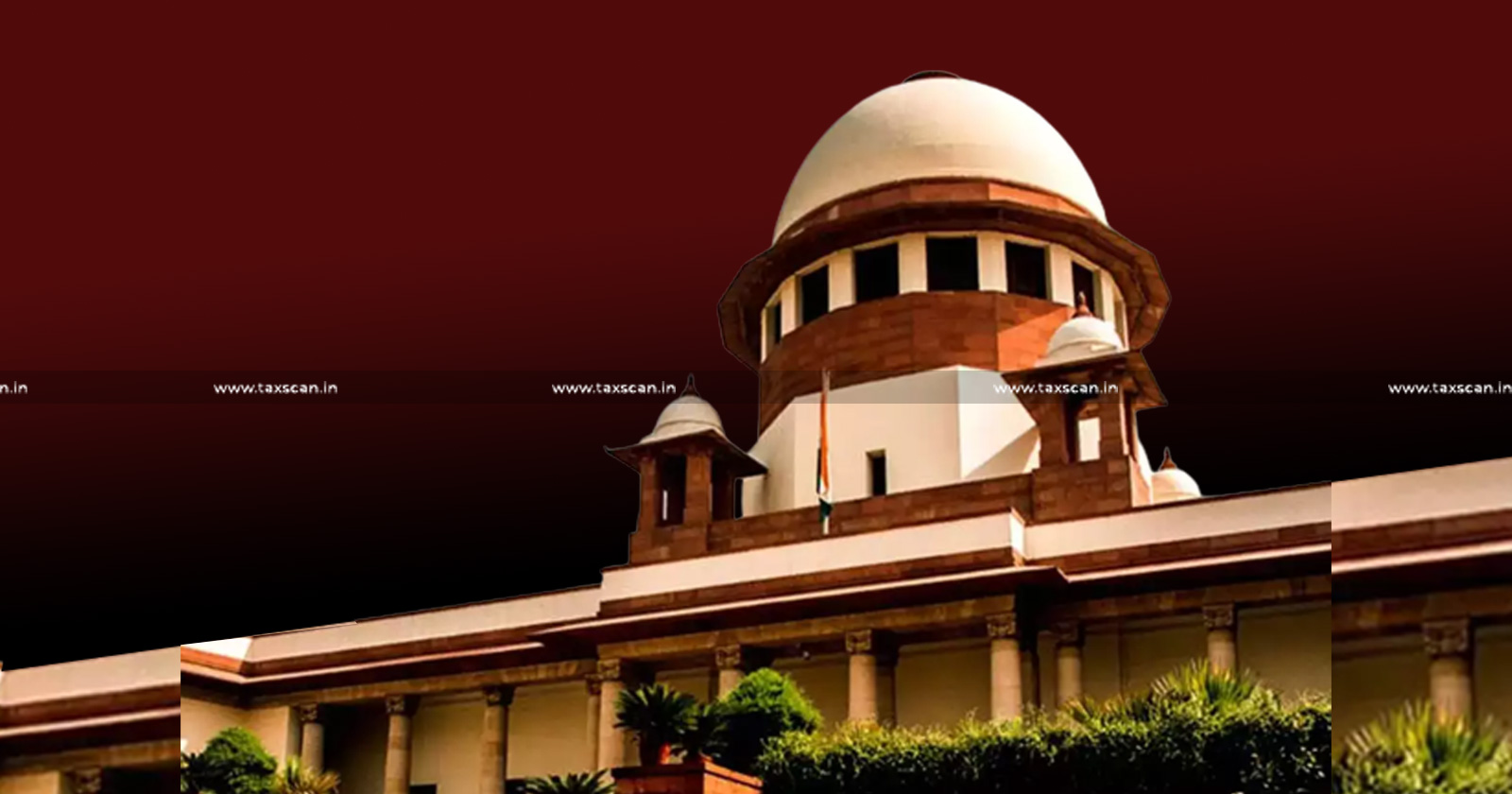The Roberts And Alito Eras: A Retrospective On Two Supreme Court Justices

Table of Contents
Chief Justice John Roberts: A Pragmatic Conservative?
Roberts's Jurisprudence:
Chief Justice John Roberts, appointed in 2005, has often been described as a pragmatic conservative. While adhering to a textualist approach – focusing on the literal meaning of the Constitution's text – his decisions haven't always aligned neatly with a purely conservative ideology. He has, at times, demonstrated a commitment to judicial restraint, preferring narrower rulings where possible. However, this commitment to restraint has been questioned in several key instances.
- Emphasis on Textualism: Roberts often emphasizes the original public meaning of the Constitution's text when interpreting the law.
- Judicial Restraint (Debated): While often advocating restraint, his decisions in cases like King v. Burwell (upholding the Affordable Care Act) demonstrated a willingness to find ways to uphold existing legislation.
- Consensus-Building Efforts: Roberts has frequently sought to build consensus among the justices, though the increasingly polarized Court has made this increasingly difficult. His attempts to achieve unanimous or near-unanimous decisions reflect his desire for stability and legitimacy of the Court.
Key Cases and Their Impact:
Several landmark cases under Roberts's leadership illustrate his judicial approach and its impact:
- NFIB v. Sebelius (2012): Roberts sided with the liberal justices to uphold the Affordable Care Act (ACA), using the taxing power argument, despite his previously expressed skepticism toward the law. This decision highlighted his pragmatic approach, prioritizing the preservation of a significant piece of legislation over strict adherence to a conservative judicial philosophy.
- King v. Burwell (2015): Again, Roberts sided with the liberal justices to uphold a key provision of the ACA, demonstrating a willingness to interpret the law in a way that avoided potentially chaotic consequences. This case further solidified his reputation for pragmatism.
- Obergefell v. Hodges (2015): The landmark decision legalizing same-sex marriage across the United States demonstrated a more liberal outcome that stood in some contrast to more conservative justices. The decision was seen as extending federal rights.
Roberts's Legacy:
Roberts's legacy is complex and still unfolding. While he has attempted to present an image of a Chief Justice focused on the Court's institutional integrity, his decisions have often been deeply divisive, further fueling the political polarization surrounding the Supreme Court. His tenure has certainly shaped the Court's direction, particularly in regards to healthcare law, but the long-term impact remains to be seen.
Justice Samuel Alito: A Consistent Conservative Voice
Alito's Judicial Philosophy:
Justice Samuel Alito, appointed in 2006, represents a consistently conservative voice on the Court. His judicial philosophy is firmly rooted in originalism and textualism, leading him to prioritize the original intent of the Constitution's framers and the literal meaning of its text. This contrasts starkly with the more evolving interpretation frequently offered from the more liberal justices.
- Originalism and Textualism: Alito consistently applies these principles in his opinions, often emphasizing historical context and the plain language of the Constitution.
- Strict Constructionism: He interprets the Constitution narrowly, favoring limited government intervention.
- Consistent Conservative Voting Record: Alito's voting record is exceptionally consistent with a conservative judicial perspective, making his position readily identifiable and predictable.
Key Dissenting Opinions and Their Significance:
Alito has authored several significant dissenting opinions that later became majority opinions, showcasing the gradual shift in the Court's ideological balance:
- Dissenting Opinions Shaping Later Majorities: Several instances highlight the power of his dissenting opinions to influence future decisions, including cases related to campaign finance and abortion rights. These demonstrate how an evolving conservative viewpoint impacts Supreme Court decisions.
- Influence on Subsequent Cases: His dissenting opinions have directly influenced future majority opinions, underlining the shift in Court composition and judicial philosophy.
Alito's Impact on the Court's Ideological Shift:
Alito has played a pivotal role in the Court's overall shift towards conservatism. His consistently conservative views, coupled with other appointments of similarly inclined justices, have dramatically altered the balance of power on the Court, influencing the outcome of many significant cases. His conservative judicial positions have become increasingly influential on landmark cases within the Supreme Court.
The Roberts and Alito Eras: A Comparative Analysis
Similarities and Differences:
While both Roberts and Alito identify as conservatives and frequently vote together, their approaches differ. Roberts often demonstrates a pragmatism that sometimes prioritizes institutional stability and a willingness to seek consensus, while Alito exhibits a more unwavering and consistently conservative stance.
- Agreement on Core Principles: Both justices share a fundamental belief in originalism and textualism, though their application of these principles varies.
- Differences in Pragmatism: Roberts displays a higher degree of pragmatism compared to Alito's more rigid conservative approach. This difference is evident in their individual rulings and their approaches to case law.
- Voting Patterns and Alliances: While often aligned, their voting patterns and alliances with other justices occasionally diverge, reflecting their subtle differences in judicial philosophy.
The Broader Impact on American Society:
The decisions made during the Roberts and Alito eras have profoundly impacted American society, affecting various aspects of life:
- Social Issues: Cases related to abortion rights (Dobbs v. Jackson Women's Health Organization), same-sex marriage (Obergefell v. Hodges), and voting rights (Shelby County v. Holder) have sparked widespread social and political debate.
- Political Discourse: The Court's decisions have intensified political polarization, influencing public opinion and shaping political discourse.
- Public Opinion: The highly charged nature of many of these cases has resulted in significant public reaction, shaping the public perception of both the Supreme Court and the justices themselves.
Conclusion:
The Roberts and Alito eras represent a significant chapter in the history of the Supreme Court. While both justices share a conservative foundation, their approaches and individual impacts differ. Roberts, while generally conservative, has occasionally shown pragmatism, while Alito has been a consistently conservative voice, contributing significantly to the Court's ideological shift. Their combined influence on landmark cases has significantly shaped American law and continues to resonate throughout society. Understanding The Roberts and Alito Eras is crucial for comprehending the current state of the Supreme Court and its future direction. Continue your exploration of these influential justices today! Visit the Supreme Court website for more information on these landmark cases and their impact.

Featured Posts
-
 Biarritz Trois Journees D Echanges Sur Le Role Des Femmes A L Occasion Du 8 Mars
May 20, 2025
Biarritz Trois Journees D Echanges Sur Le Role Des Femmes A L Occasion Du 8 Mars
May 20, 2025 -
 Backstage Report Wwe Talent Reaction To Tony Hinchcliffe Segment
May 20, 2025
Backstage Report Wwe Talent Reaction To Tony Hinchcliffe Segment
May 20, 2025 -
 Brockwell Park Campaigners Legal Fight And Its Outcome
May 20, 2025
Brockwell Park Campaigners Legal Fight And Its Outcome
May 20, 2025 -
 Home And Abroad An Fp Video Perspective On Tariff Uncertainty
May 20, 2025
Home And Abroad An Fp Video Perspective On Tariff Uncertainty
May 20, 2025 -
 Ginger Zee Slams Critic Over Aging Comments
May 20, 2025
Ginger Zee Slams Critic Over Aging Comments
May 20, 2025
Latest Posts
-
 Efimeries Giatron Stin Patra Savvatokyriako 10 11 Maioy
May 20, 2025
Efimeries Giatron Stin Patra Savvatokyriako 10 11 Maioy
May 20, 2025 -
 Giakoymakis I Megali Proklisi Apo Tin Los Antzeles
May 20, 2025
Giakoymakis I Megali Proklisi Apo Tin Los Antzeles
May 20, 2025 -
 Efimereyontes Giatroi Patras 10 And 11 Maioy Odigos Eyresis
May 20, 2025
Efimereyontes Giatroi Patras 10 And 11 Maioy Odigos Eyresis
May 20, 2025 -
 I Los Antzeles Thelei Ton Giakoymaki
May 20, 2025
I Los Antzeles Thelei Ton Giakoymaki
May 20, 2025 -
 Wwes Tony Hinchcliffe Segment A Look At The Backstage Fallout
May 20, 2025
Wwes Tony Hinchcliffe Segment A Look At The Backstage Fallout
May 20, 2025
